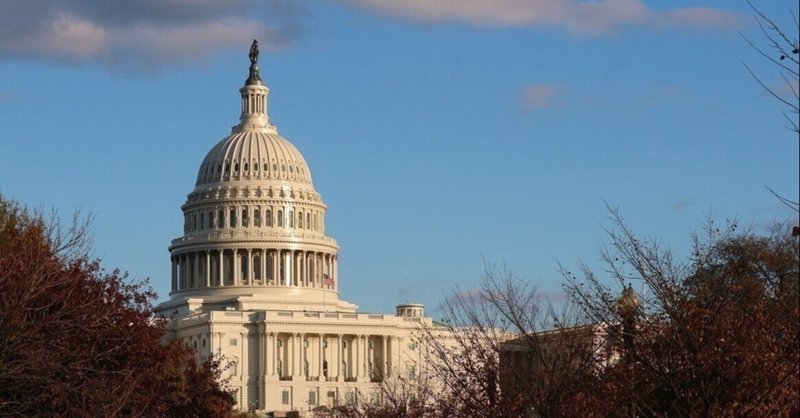
The Jim Crow System
A white minstrel entertainer began performing a song-and-dance routine called “Jump Jim Crow” in the late 1820s. He blackened his face with burnt cork and dressed in the rags of a beggar. His comical performance, he said, was inspired by an old black slave he saw entertaining fellow workers. This “blackface” performance became very popular—among white audiences. But it was insulting to black folks. “Blackface” is still insulting.
The term “Jim Crow” came to describe a cruel system of segregation that emerged in the South after the Civil War and spread across the country. Jim Crow is not just a system of laws. It includes numerous customs and codes that discriminate against black people and intimidate them. Public facilities including restrooms, public buses and trains, and schools were segregated: one for whites and one for blacks. Inevitably, the ones provided to blacks were second-class.
The Jim Crow system was supported by violence and brutality by groups like the KKK, often with the backing of police. Anyone who acted against the system was punished or sometimes killed.
Black laborers were arrested for “vagrancy” and leased to mining and railroad companies and plantation owners. Conditions were like slavery. In the countryside, black farmers were trapped in harsh lives as tenant farmers or sharecroppers.
This Jim Crow system became legal in 1896 in a decision by the U.S. Supreme Court, which said that “separate but equal” was not against the Constitution. This made Jim Crow a legal system. It was not until 1954 that this system was finally declared unconstitutional.
(258 words)
この記事が気に入ったらサポートをしてみませんか?
